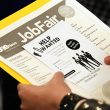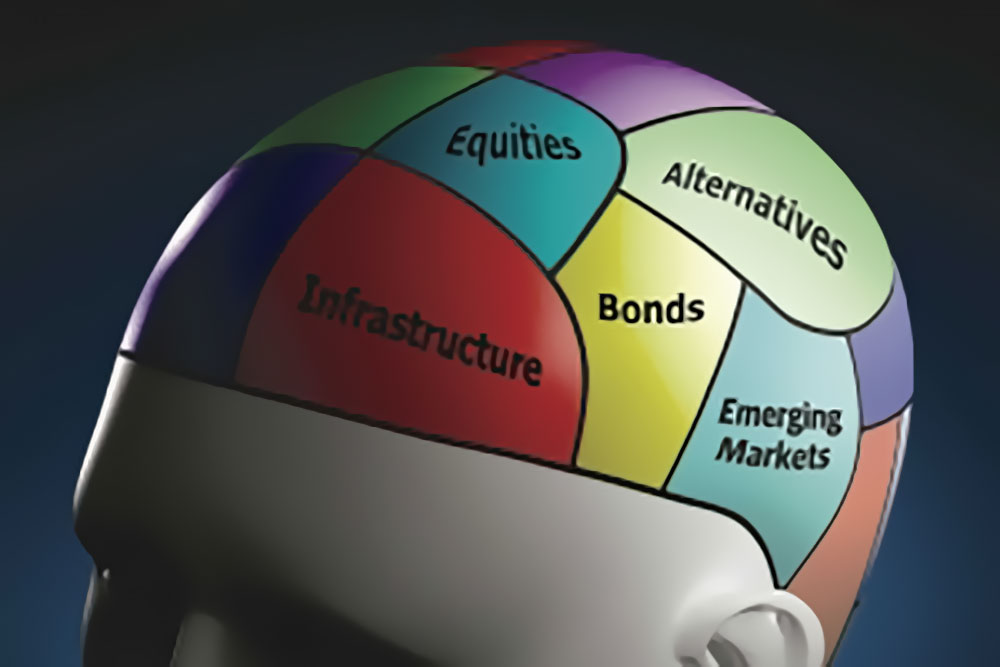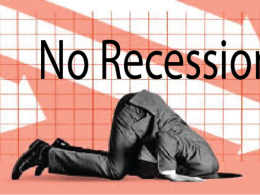by Brian S. Wesbury – Chief Economist & Robert Stein, CFA – Deputy Chief Economist, First Trust Portolios
The United States consumes a large share of its GDP; China, not so much. The result is Yin and Yang. On net, China produces and the US consumes.
Treasury Secretary Scott Bessent put it this way last week at a Senate hearing – “China has a singular opportunity to stabilize its economy by shifting away from excess production towards greater consumption.”
That is the rallying cry for tariffs and trade negotiations. And while the US government seems to blame it all on China, it is also true that the US has a “singular opportunity” to shift away from excess consumption toward greater production.
John Maynard Keynes convinced a troubled world that markets periodically fail and when it happens more government spending is the answer. On the blackboard, Keynesian economics is pretty simple: Tax those with a high “marginal propensity to save” and give to those with a high “marginal propensity to consume.” And since consumption is almost 70% of GDP, this transfer of wealth will lift growth.
In the real world, it doesn’t actually lift GDP, but it does lift consumption. Since 2008, real consumer goods expenditures are up 62% in the United States. Unfortunately, the most aggressive measure of US “value-added” manufacturing is only up 14%. In other words, because of government policy, the US economy is off kilter. We consume more than we produce…the exact opposite of China.
We don’t know whether China is intentionally taking advantage of the US, or whether US policies are just making it too easy, but blaming the full problem on China is not right.
The more the US redistributes and regulates industry, the more the US consumes and the less it produces. The real fix is to cut government spending, cut tax rates, and reduce regulations. But the President can’t do all these things without Congress. The President can increase tariffs, which are taxes, but the Courts will eventually decide whether the methods he used to raise tariffs are legally acceptable.
In other words, we can blame China for consuming less and producing more, or we can look at the US and realize we consume more and produce less.
In a way, this issue resembles the debate around MAHA – the movement to Make America Healthy Again – and the simple point it’s trying to make. The US has more obesity and diabetes than it should. And the reason, according to MAHA, is that our food supply is lousy. Right now, says MAHA, what we do is treat the symptoms created by our food complex, not the root cause.
Now think about tariffs. We import more because we over-consume and under-produce. Tariffs treat a symptom of bad government policies, but do not address the real problem. And it’s not all China’s fault.
Don’t get us wrong: We are not asserting that China is playing fair; they aren’t. They steal intellectual property, they pay workers less than they should, and they take advantage of the US’s consumer-driven society. On top of that, they want to undermine US geo-political strength.
What we are saying, is that the US needs to stop subsidizing consumption and punishing production. The US, for almost 100 years, has listened to Keynes and followed a Keynesian path. Higher taxes, more spending, and too much regulation. If we really want to fix this, we can’t just ask China to consume more and produce less. The US must do the opposite.
In this world of “dueling economies” the US continues to shoot itself in the foot while trying to blame other countries. It’s time to get our own house in order, regardless of what China does.
Brian S. Wesbury – Chief Economist
Robert Stein, CFA – Deputy Chief Economist
Click here for a PDF version
Copyright © First Trust Portolios












